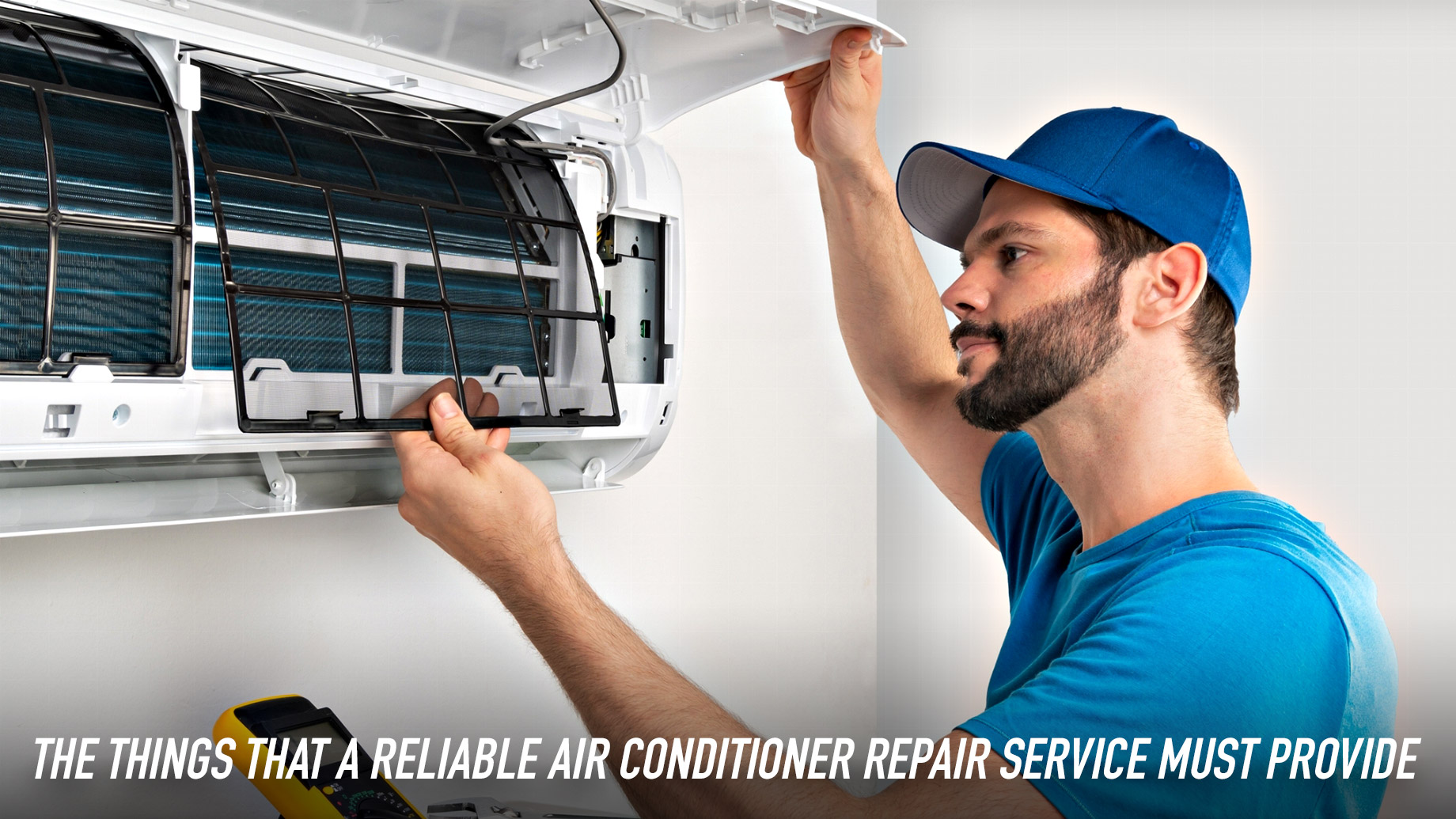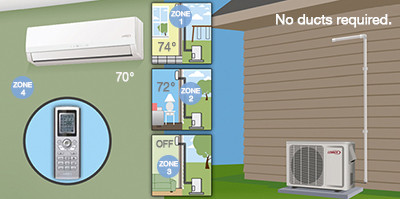Thinking about the intricacies of cooling old houses, air conditioning installation for historic homes postures peculiar dilemmas.
How can you protect the honesty of period residential properties while guaranteeing first-class interior convenience?
Decipher the enigmatic interplay in between modern-day air conditioning comforts and classic architectural prizes in the following conversation.
Trick Takeaways
- Protect historic appeal with appropriate products and expert guidance.
- Update electrical systems for modern-day cooling and heating compatibility and safety.
- Discover small cooling options like mini-split or high-velocity systems.
- Enhance power efficiency through insulation, clever thermostats, and upkeep.
Historic Factors to consider
When taking into consideration the installment of cooling in a historic home, it is essential to comprehend the unique historical aspects of the residential property. Remediation obstacles typically emerge when attempting to mix modern convenience with preserving the historical honesty of the home. The building influence of installing a/c should be thoroughly assessed to make sure that the system does not interfere with the home's original design.
Preserving the historic beauty of a home while updating its features can be a fragile balance. Reconstruction obstacles may include discovering means to conceal ductwork, locating discreet areas for the outside unit, or adjusting the system to fit within the existing building constraints. It's important to deal with professionals experienced in historic home improvements to navigate these challenges effectively.
The architectural impact of adding a/c can be considerable. Mindful factor to consider must be given to just how vents, thermostats, and various other aspects will certainly blend with the home's aesthetic. Making certain that the installation doesn't compromise the historic honesty of the home is critical when taking on such a task in a historical home.
Evaluating Electrical Systems
To guarantee a successful installment of a/c in a historic home, examining the compatibility and ability of the existing electrical systems is crucial. Prior to waging the installment, it is essential to evaluate whether the electrical system can take care of the additional lots that the a/c unit will certainly present. Sometimes, updating the voltage of the electrical system may be necessary to ensure it can power the new cooling system effectively.
System compatibility is one more vital factor to examine when evaluating the electrical arrangement of a historic home. Older electric systems might not be compatible with contemporary cooling units, which might lead to breakdowns or even posture safety dangers. Making certain that the electric system works with the new a/c devices will help stop any kind of possible problems down the line.
Space Constraints and Ductwork Options
When taking care of minimal room in your historical home, you may wish to explore ductless mini-split systems or high-velocity cooling and heating systems as practical options. These systems can give efficient air conditioning without the demand for comprehensive ductwork, making them appropriate for older properties with area restrictions.
Ductless Mini-Split Equipments
Considering room restraints and different ductwork choices, ductless mini-split systems use a flexible solution for air conditioning setup in historical homes. These systems give substantial power savings compared to traditional a/c configurations, as they permit zoning, indicating you can cool down details locations just when needed.
The design adaptability of ductless mini-split systems is likewise advantageous for historic homes, where maintaining the initial visual appeals is vital. Without ductwork called for, installment is much less intrusive, making it a preferred selection for older homes with limited room or where maintaining architectural integrity is a concern.
Ductless mini-split systems are reliable, personalized, and mix flawlessly right into historical insides, offering a functional and energy-efficient air conditioning solution.
High-Velocity Cooling And Heating Solutions
High-Velocity cooling and heating systems offer a small and effective air conditioning option for historical homes with restricted area and details ductwork demands. https://muswellhillacinstallation.co.uk When considering these systems for your historical home, right here are four bottom lines to keep in mind:
- Mini air duct systems: High-Velocity a/c systems utilize miniature ducts that are much smaller in diameter compared to typical ductwork, making them excellent for homes with area restraints.
- Small style: The small design of these systems enables less complicated installment in older homes where area is limited.
- Efficient air conditioning: In spite of their little size, high-velocity systems are capable of providing reliable air conditioning throughout your historic home.
- Versatile setup: These systems supply different ductwork options, such as flexible tubing, which can be transmitted via existing wall surfaces without major renovations.
Energy Performance Solutions
To enhance the power efficiency of your historic home, think about updating the insulation and integrating a clever thermostat. These solutions can aid control indoor temperature levels efficiently and minimize energy usage, making sure an extra sustainable and cost-effective cooling system for your distinct residential or commercial property.
Make these upgrades component of your a/c installment plan to take full advantage of convenience while reducing environmental effect.
Insulation Upgrades
Updating the insulation in your historic home can greatly enhance its power effectiveness and general convenience while preserving its special personality and charm. Take into consideration these key methods for insulation upgrades:
- Examine Home Window Treatments: Installing energy-efficient window treatments like shielded curtains or blinds can help decrease heat transfer and enhance the general efficiency of your home.
- Boost Roofing Insulation: Updating roof covering insulation is essential for much better temperature level law within your historical home, assisting to maintain it cool in the summer season and warm in the winter months.
- Seal Gaps and Cracks: Determining and sealing spaces and splits in your home's walls, floors, and ceilings can stop air leak and improve insulation effectiveness.
- Take Into Consideration Attic Insulation: Appropriately insulating your attic room can dramatically reduce heat loss and improve the general energy performance of your home.
Smart Thermostat Combination
Taking into consideration the energy-saving benefits of insulation upgrades in your historical home, incorporating a wise thermostat can better boost your power performance services.
Smart thermostats offer specific control over your home's temperature settings, bring about significant energy cost savings. By enhancing home heating and cooling timetables based on your preferences and day-to-day regimens, you can minimize power waste and lower energy costs.
In addition, wise thermostats give remote access, permitting you to change the temperature level setups from anywhere using your mobile phone or computer. This function allows you to make certain your home is successfully warmed or cooled down also when you're away, making best use of comfort while decreasing energy usage.
Welcoming clever thermostat modern technology is a useful action towards improving the power efficiency of your historic home.
Preservation Techniques for Air Vents
Protecting the integrity of historical air vents is important throughout the installment of cooling systems in older homes. When it concerns keeping the building credibility of your historical home while upgrading its convenience, consider the complying with conservation methods for air vents:
- Reconstruction Techniques: Execute cautious reconstruction approaches to maintain the original style and material of the air vents, ensuring they blend perfectly with the historical visual appeals of your home.
- Speak with Specialists: Inquire from professionals experienced in historic preservation to assist you on the most effective practices for keeping the air vents' architectural honesty.
- Customized Solutions: Explore custom remedies that deal with the unique qualities of your historic air vents, permitting contemporary upgrades without endangering their initial beauty.
- Period-Appropriate Materials: Go with period-appropriate materials when repairing or changing air vents, guaranteeing they straighten with the historic era of your home's layout.

Expert Tips for Successful Installment
When setting up a/c in historical homes, making sure successful installation calls for complying with expert suggestions for a smooth integration with your home's one-of-a-kind functions.

Start by very carefully assessing guarantee insurance coverage supplied by different cooling and heating firms to protect your financial investment in situation of malfunctions. Get all essential license demands from regional authorities before beginning any installment work to stay clear of lawful issues down the line.
Spending plan planning is crucial; see to it to account for any type of unexpected expenses that might arise throughout the installation procedure. Furthermore, develop maintenance schedules from the beginning to maintain your brand-new system running efficiently for many years ahead.
Frequently Asked Concerns
Can Air Conditioning Be Mounted in a Historic Home Without Compromising Its Historical Stability?
Yes, you can set up air conditioning in a historic home without jeopardizing its historical stability. Preservation techniques can be made use of to perfectly incorporate modern-day cooling systems while keeping the home's initial appeal.
By tactically putting ductwork and units concealed, you can guarantee that the historical features remain noticeable.
It's feasible to enjoy the conveniences of a/c in a historic home without compromising its special personality.
Exist Special Factors To Consider to Remember When Installing Air Conditioning in a Historic Home With Outdated Electrical Systems?
When updating electrical wiring in a historical home with obsolete electric systems, special considerations are vital. Conservation strategies must be made use of to preserve the historic honesty of the home.
It is necessary to work with specialists who recognize the delicate equilibrium between modern-day comforts and protecting the home's special character.
Exactly How Can Ductwork Be Inconspicuously Set Up in a Historic Home With Limited Room?
When dealing with minimal space in a historical home, you'll require to consider discreet design and space-saving solutions for installing ductwork. To preserve historical preservation while taking pleasure in modern-day benefit, explore imaginative ways to put ducts away without jeopardizing the home's aesthetic appeals.
Look into slim duct choices or contemplate using existing dental caries for air duct placement. By blending capability with subtlety, you can ensure a seamless assimilation of cooling in your historical home.
What Are Some Energy-Efficient Alternatives for A/c in Historic Residences?
When looking for energy-efficient alternatives for air conditioning in historical homes, think about using energy-efficient zoning and mini split systems. Energy-efficient zoning aids control temperature levels in different zones of your home, saving power.
Mini split systems are a great choice for older homes with restricted space, providing both cooling down and warming functions. By going with these services, you can keep your historic home comfortable without compromising on power efficiency.
Exist Certain Conservation Methods That Should Be Utilized for Historic Air Vents During Installment?
When mounting a/c in historical homes, preservation methods play an essential function. It's important to see to it that the existing air vents are carefully integrated right into the brand-new system to keep the historical visual of the home.
Verdict
When setting up cooling in historical homes, it's important to ponder the one-of-a-kind difficulties such as protecting the home's historic integrity, examining electrical systems, and functioning within area constraints.
By thoroughly intending and making use of energy-efficient remedies, you can effectively set up air conditioning without endangering the character of your historic home.
Bear in mind to seek advice from experts for guidance and guarantee appropriate conservation strategies for air vents to preserve the charm and capability of your home.
